Visualize This is a real book now! The official publication date is May 29, but you might get it early if you order now, depending on where and when you order it.
The publication process is interesting, because you write and write and make lots of charts over many months. There’s editing and revision. It’s on your mind constantly. Then there’s a gap when your part is done and your publisher (for me, Wiley) takes over. All of a sudden, the book is printed, you hold it in your hands, and it’s satisfying.
Get a copy today: Amazon — Wiley — Bookshop.org


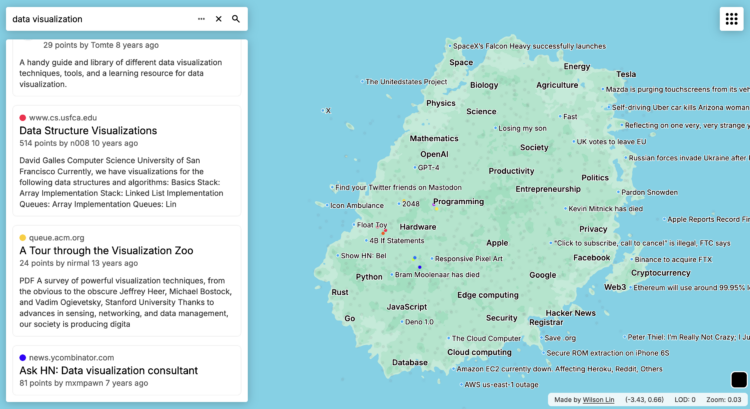

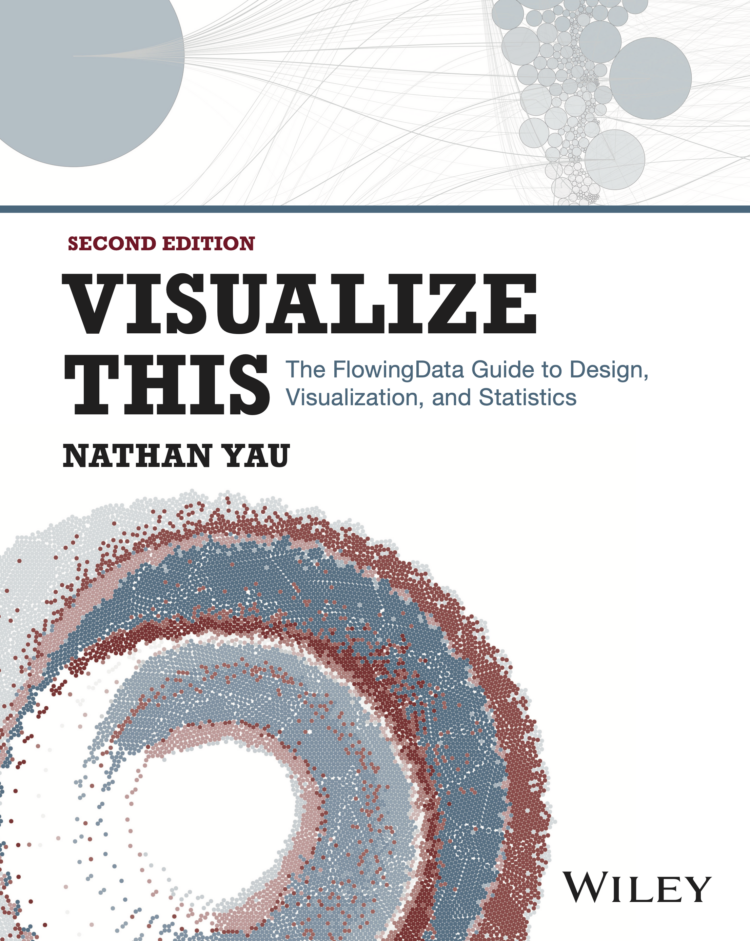
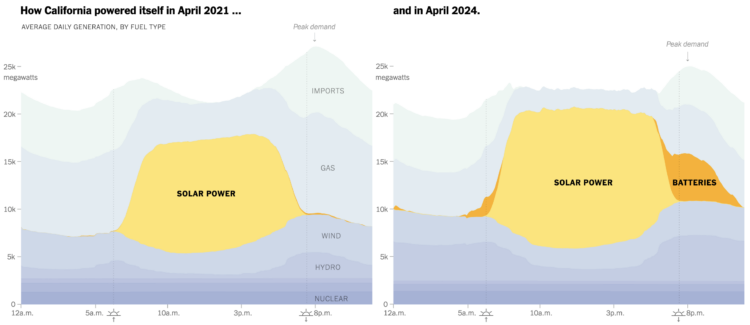
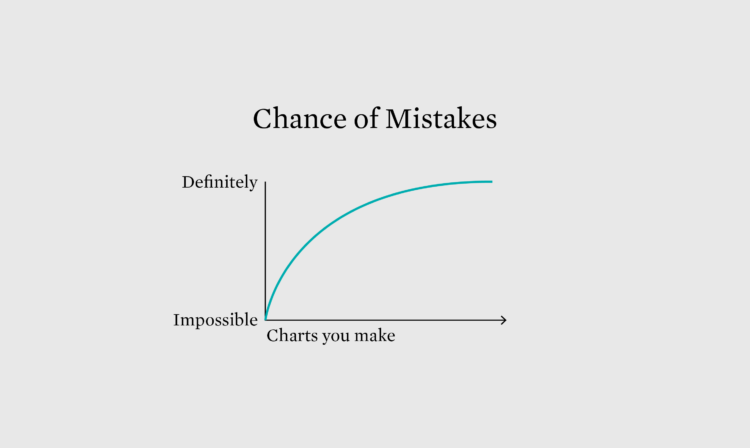


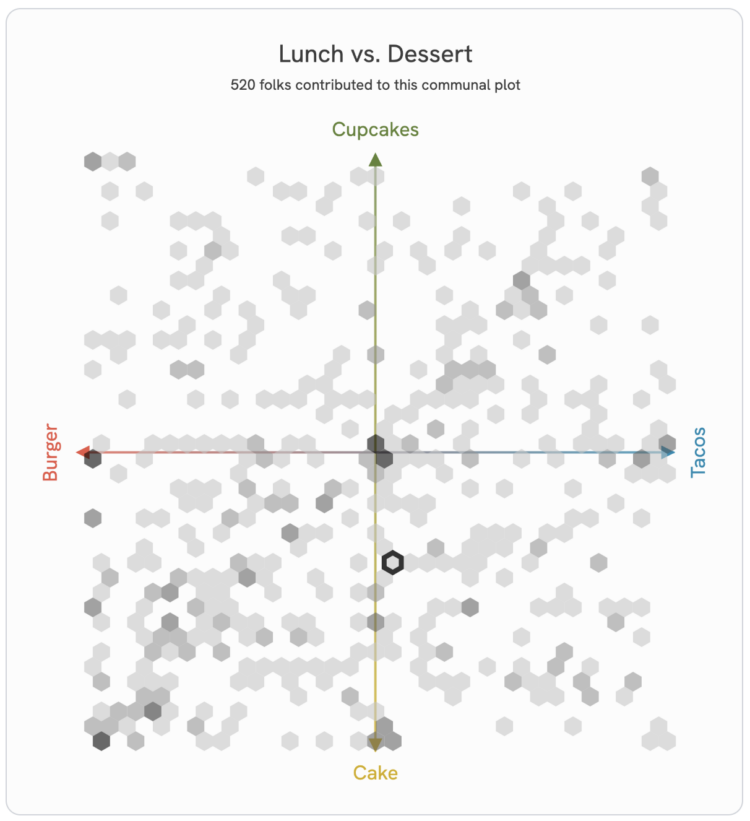
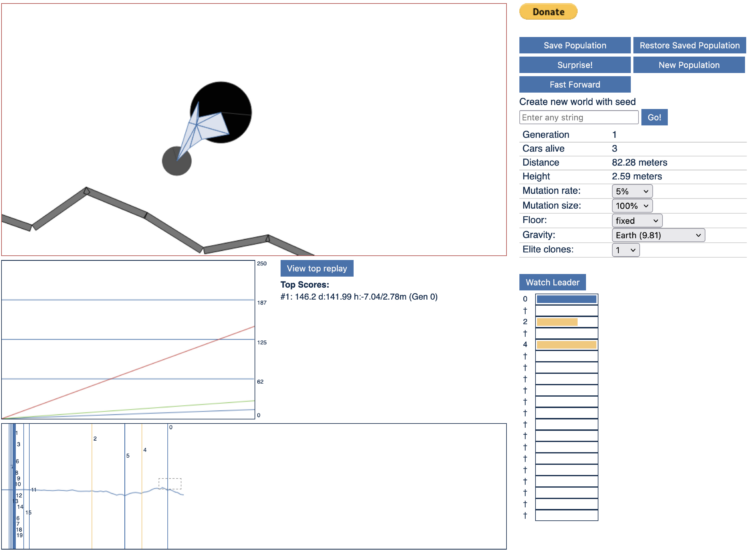
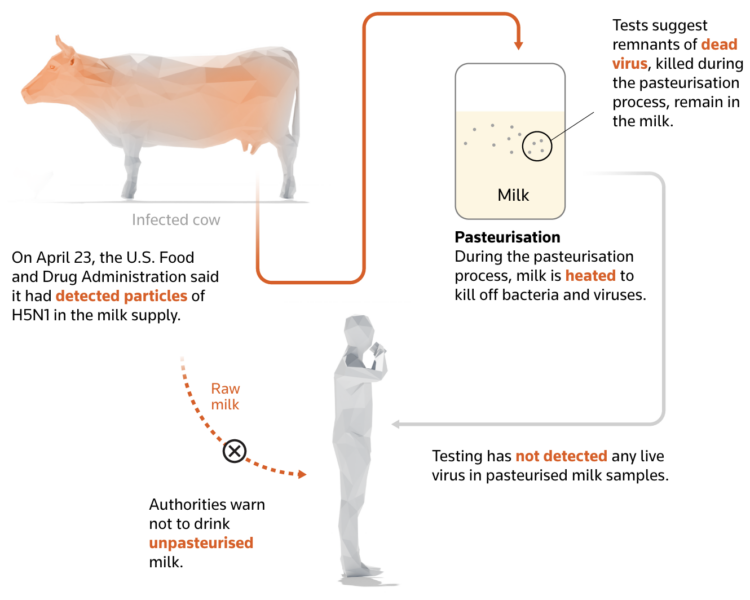
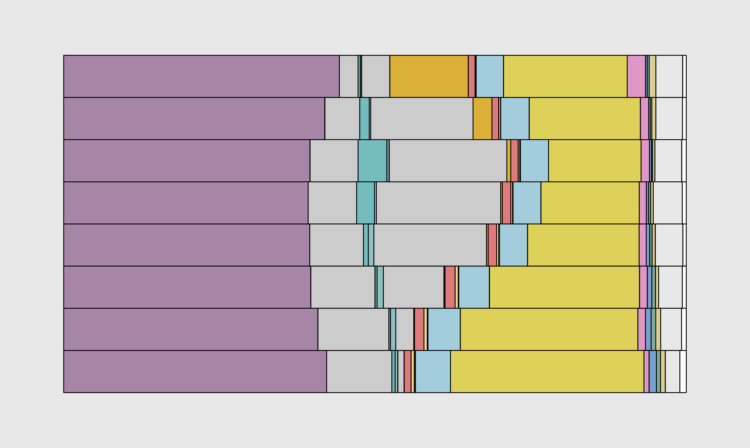
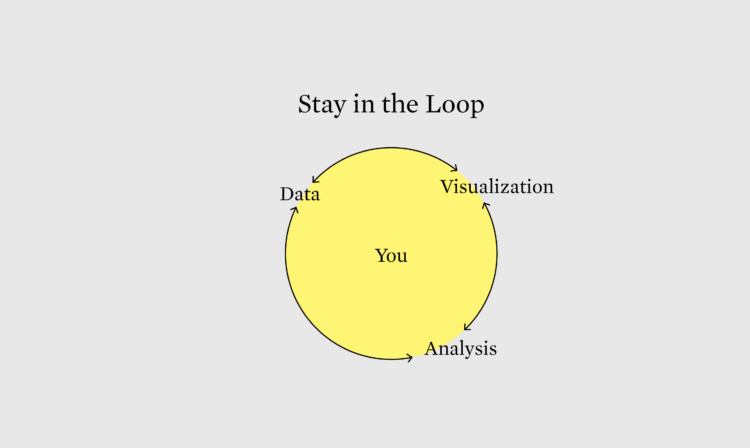
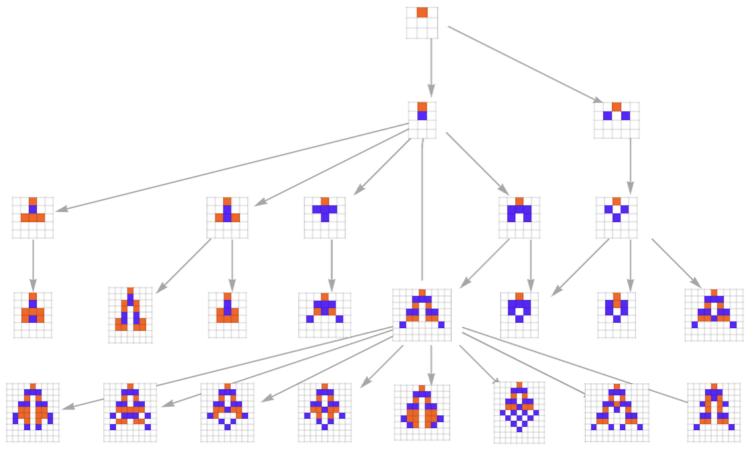
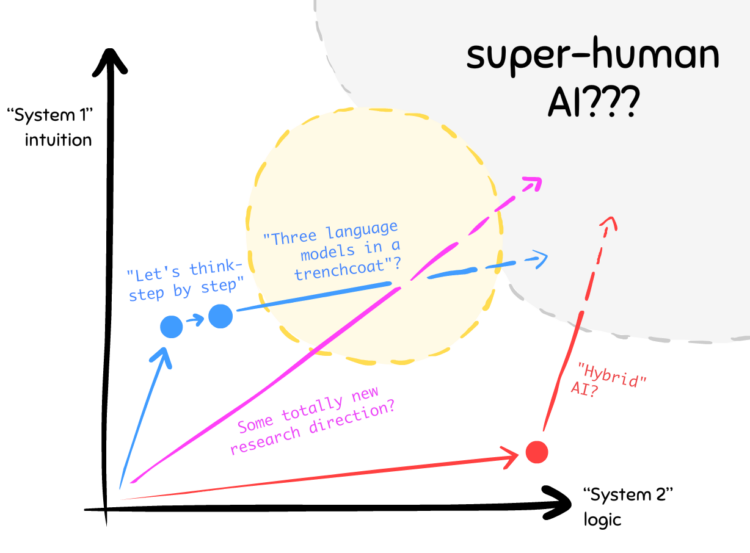
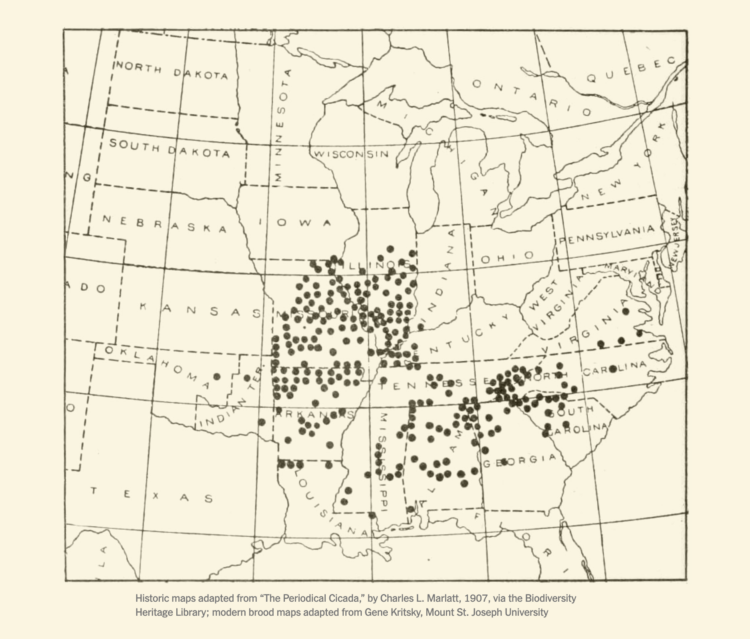
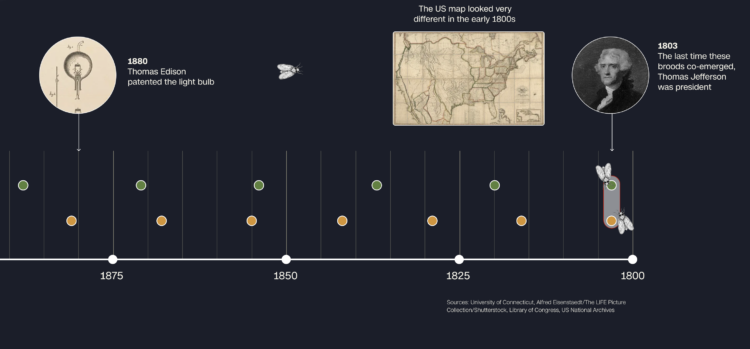
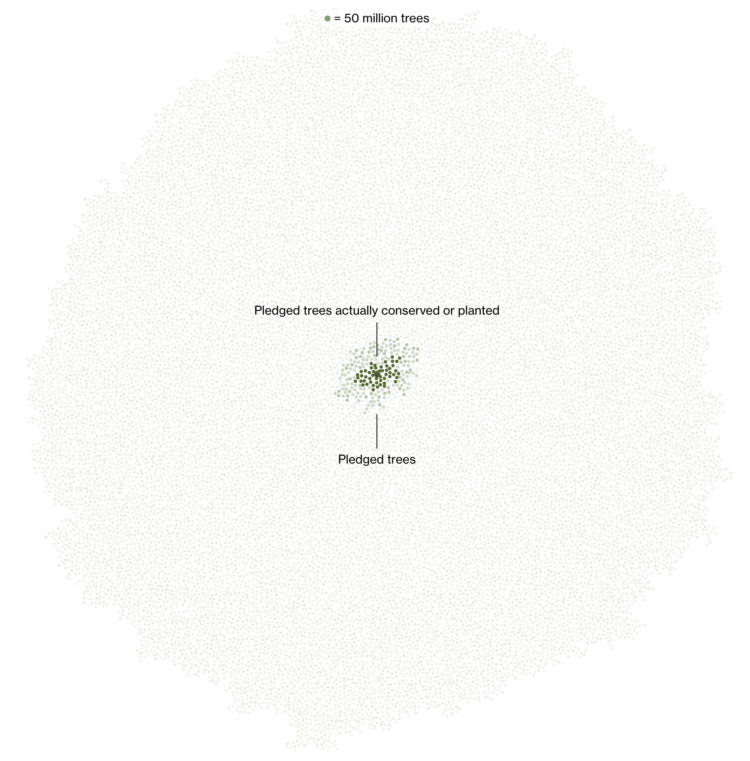

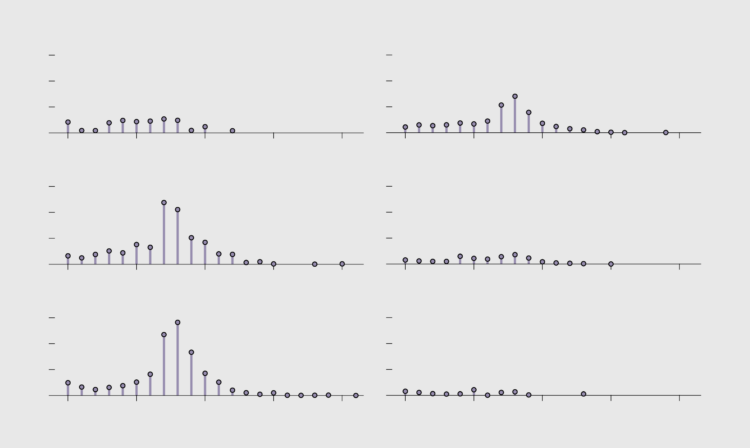
 Visualize This: The FlowingData Guide to Design, Visualization, and Statistics (2nd Edition)
Visualize This: The FlowingData Guide to Design, Visualization, and Statistics (2nd Edition)










